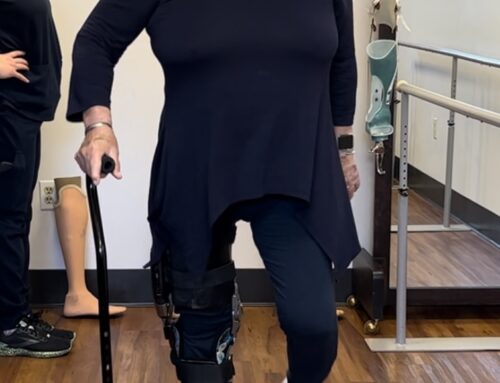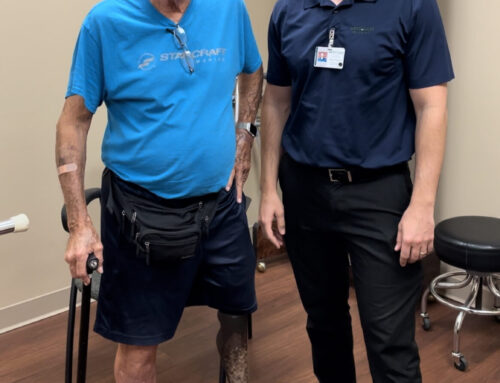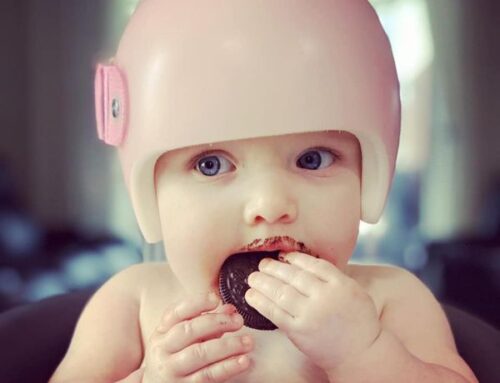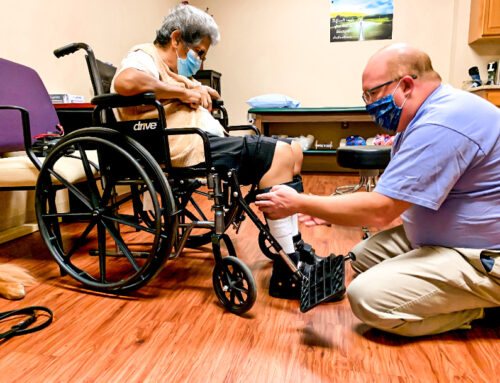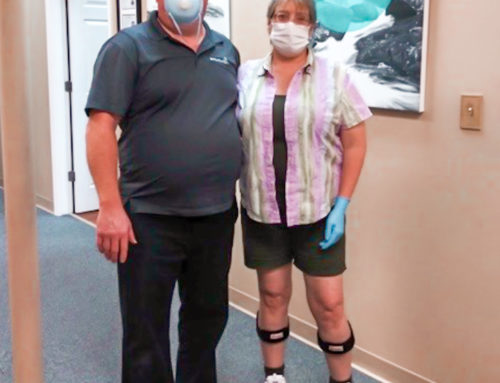Prosthetic devices are crafted to help restore some semblance of normalcy in a limb loss survivor’s life. These artificially-created devices play an important role in your rehabilitation and recovery. Although most prosthetic arms fulfill an aesthetic purpose, modern prosthetic arms offer improved functionality and help you regain the means to perform work-related tasks as well as your normal day-to-day activities.
Experiencing an accident resulting in an amputation is life-changing in many ways. For a limb loss survivor, the physical and psychological impact of losing an arm is immediate. Meanwhile, the psychological and emotional effects have a significant and often, long-term impact on your mental health.
It may be overwhelming to go through this experience, but know that you are not alone in this journey. While your family and friends remain by your side, there are also organizations out there willing to extend help and guide you through this difficult time.
About Prosthetic Arms
Prosthetic arms are artificial limbs designed to replace missing or amputated arms. These upper extremity prosthetic devices are made from plastic polymers designed to improve an amputee’s comfort level, reinforce their self-image, and increase mobility.
Modern prosthetic arms have evolved and improved over time. Today, they can be custom-made to foster independence and allow you to perform various functions, from your work duties and everyday tasks like cooking to hobbies like art and golf. The possibilities are endless with the help of well-engineered prosthetic arms designed to suit your needs.
The Anatomy of Prosthetic Arms
Prosthetic arms are made up of multiple parts. These parts work together to allow the wearer to perform a wide range of arm and hand motions. Most modern prosthetic arms use microprocessors to detect electromyographic (EMG) signals from nerve endings and enable muscle contractions. These signals are sent to the different parts of the artificial limb to trigger movement on the arm, wrist, and fingers.
The following are the four main components that make up prosthetic arms:
- The Pylon makes up the frame or skeleton of the limb. It gives a prosthesis its form and anchors the foam and silicon to give the artificial arm a comfortable fit and realistic appearance.
- The Socket connects the prosthesis to the end of the remaining limb. It is typically made of clear plastic and is contoured with padding or foam. Prosthetists customize the socket to fit its wearer for a better fit and lasting comfort, as it should not irritate nor bruise the surrounding tissues.
- A prosthetic arm’s Suspension System is a crucial component as it secures the entire device and attaches the socket to the residual limb. It is typically made from a combination of straps, belts, pins, and locks and is designed to improve control of the prosthesis, limit shifting and decrease discomfort or abrasions.
- The Control System provides electronic control in mechanical prosthetic arms to allow its wearer to perform a wide range of tasks with the help of an external power source. This component is present in all mechanical prosthetics.
An intuitive prosthetic system provides amputees with a means to perform everyday tasks, enabling them to feel more in control while adjusting to their new circumstances.
In addition, various prosthetic devices are available to cater to more specialized functions, allowing you to perform more complex or strenuous activities like participating in sports activities and playing musical instruments. We’ll explore more about the different types of prosthetic arms in the following section.
Types of Prosthetic Arms
Several types of prosthetic arms are available to fulfill a patient’s needs. From purely cosmetic to mechanical prosthetic arms, these types are characterized based on the function they serve. These include:
- Myoelectric or External Power. Mechanical prosthetic arms, also referred to as bionic arms, are designed to provide increased functionality by using EMG signals to trigger responses from the body, such as straightening elbows, flexing the wrists, and opening and closing the hands. They rely on an external power source to function and are often considered more comfortable than other types because they require minimal to zero harnesses.
- Conventional or Body-Powered. Unlike myoelectric prostheses, conventional prosthetic arms depend heavily on harness systems and body movements to perform different hand actions. They often consist of two hooks that move like pincers for gripping various items. They also do not appear like actual hands and are typically less expensive than their mechanical counterparts.
- Hybrid. Combining the best features of myoelectric and conventional prostheses, hybrid prosthetics provide increased functionality through an increased grip force while being less dependent on harnesses.
- Partial Hand and Finger. Partial prostheses are designed for people with partial amputations in their hands or fingers. The principle behind these devices can vary, depending on the type of functionality desired. These prosthetic devices are often custom-made, depending on the degree of amputation on the patient’s hand or fingers.
- Recreational. Hands are critical for many hobbies and sports. Fortunately for amputees, prosthetists can fashion bionic hands and arms that accommodate specific recreational activities, such as fishing, canoeing, and even woodworking. But since adaptive prosthetic limbs are activity-specific, amputees will need to switch their modern prosthetic arms when they want to participate in their hobbies. Once done, they then have to take them off and put on their regular prosthetic arms for their everyday activities.
- Non-Functional or Cosmetic. For patients who want to regain balance and improve their self-image, non-functional options are a good option. These cosmetic prosthetic devices have very little practical use other than restoring body symmetry and improving balance while walking. These limbs are lightweight, low maintenance, and look remarkably like real arms and hands. In most cases, amputees wear cosmetic prostheses with a sleeve so that only the cosmetic section of the prosthesis shows.
Learning about the different types of prosthetic arms can give you insight into what options are available to you and help you decide what suits you or your loved one best. Fortunately, you don’t have to make this decision alone. With the help of an experienced prosthetist, you can identify what features to prioritize as you take the journey to rehabilitate and improve your quality of life.
Westcoast Brace & Limb Helps You Choose the Best Prosthetic Arms
Westcoast Brace & Limb is committed to empowering individuals by providing unsurpassed orthotic and prosthetic care. As a trusted provider of custom-fitting prosthetic devices for patients of all ages since 1981, we equip you with the means to regain normal function and lead independent lives. To give you the best care you deserve, we work with talented prosthetists to develop prosthetic limbs that match your exact needs.
Let us help you with your rehabilitation and recovery by allowing us to choose a prosthetic arm that is suitable to your needs. Contact us or call the nearest Westcoast Brace & Limb facility to schedule an appointment.


